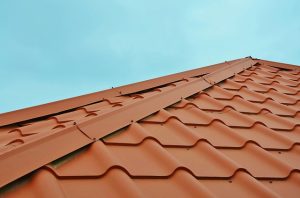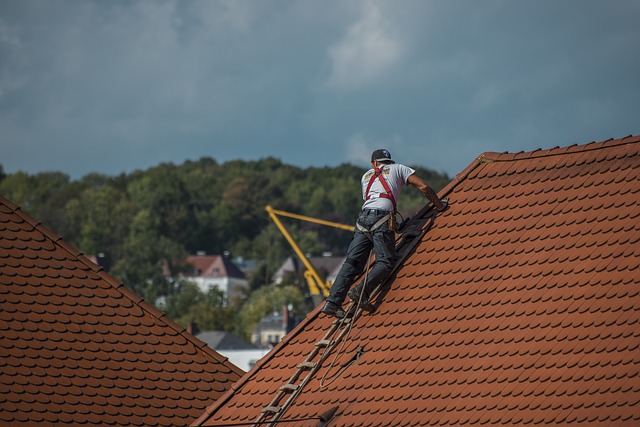If you are a homeowner, sooner or later, you will have to decide: repairing vs. patching your roof. Like other major investments in life, this question usually arises at the wrong time, especially with regard to finance. Owners of old houses end up with the reality of an aging roof that needs to be patched or repaired. In particular, for homeowners in Texas, recent roof damage requires an immediate response in the form of roof repairs Dallas.
But how do you know which decision to make? Even if you have funds or you can use a home equity loan, most people do not want to undergo a complete roof repair if this is not necessary. This is why homeowners need to know when a complete roof repair is needed or when the patch will be enough. It comes down to weighing short-term needs with long-term value, as well as many other factors.

If you have questions about repairing or patching your roof, we hope this guide helps make this solution easier. In addition to the advice you find here, it still makes sense to consult an expert about your specific roofing type. After all, you are not an expert in roofing. You just want to make a reasonable investment in home improvement that will ultimately pay off.
When do you get into the situation to choose between repairing vs. patching your roof?
A storm wind blew, and the roof tile flew. Or maybe that giant oak tree in your neighbor’s yard decided to shed a heavy branch right above your living room. This cannot be avoided, you are faced with a decision to repair or patch a damaged roof.
Making such an important financial decision can be frightening. But understanding the pros and cons of each repair option ensures that you make the right choice in protecting your biggest investment.
Patching
The first and cheapest option is to simply replace a small part of your roof. This may be the best option if your roof is relatively new and you are sure that it is in excellent condition. To ensure that this repair looks natural, you must set the exact same style and color of tiles as the rest of your roof. That is why we recommend our customers to order additional tiles every time they replace their roof. This will ensure exact matching tiles.
However, if your current roof has changed color due to exposure to the sun and weather, repairs made with new tiles will be visible from the street. Although color differences can be an unpleasant trace, fixing your roof in this way may be your most economical repair option.
Partial versus full re-roofing
If the damage is limited to one side of the roof, partial re-roofing is also possible. Replacing only one side of your roof will certainly be cheaper overall compared to replacing the entire roof. Full roof replacement Dallas will make the repair less obvious, as slight color differences between the different surfaces of your roof will not be so noticeable.
Partial re-roofing has its own problems. For example, if you have an asphalt roof with a thickness of more than two layers, you should completely clean it before replacing the tiles. This usually leads to a sloping roof, where old sections rise several inches above the new section.

Another disadvantage of partial re-roofing is the cost. Although partial re-roofing may be cheaper in the short term, you will pay more per square foot of repair. Regardless of the size of the repair, the contractor will still have to pay for scaffolding, waste disposal, cost estimation and much more. Often the financially best decision is to simply replace the entire roof while the workers are in place, and not in sections for several years.
An additional benefit of a complete re-roofing is the ability to inspect the entire roof deck for signs of damage or decay. Imperfections on the roof can lead to water damage in the internal structure of your home. Damaged roofing also increases the risk of a total or partial collapse of the roof.
Identifying and fixing these problems early will save you from more expensive repairs in the future. Depending on the age and condition of your roof, a complete replacement is often a smart investment, even if the visible damage seems small.
Two layers vs tearing old tiles
If you decide to replace the entire roof, you may be able to lay new tiles on top of the old. Layering roof tiles is generally cheaper. But there are many reasons to remove old roof tiles before re-laying the roof.
If your roof already has two layers of tiles, layering will not succeed. This is because the weight of three or more layers of tiles can disrupt the structural integrity of your home. Removing roof tiles will also allow you to install a layer of ice and water shield. This barrier can save you from an expensive headache in the future. And you can only apply it to a bare roof.
Even if your roof has only one layer of tile, it may still be advisable to strip them. Since the tile will last longer and will be more reliable when attached directly to the roof deck. Again, your decision will come down to short-term savings compared to long-term security.
Repairing vs. patching your roof: benefits
Given so many things, it is not surprising that many homeowners feel depressed when it comes time to make this decision. But, after weighing the pros and cons, homeowners can be confident in their choice.

Benefits of roof patch:
- Cost less
- It is part of routine wear maintenance
- Prevents moisture damage
- Requires less time spent with your home under construction
- Eliminates immediate safety threats and inconveniences
Benefits of repairing a roof:
- Extends the life of your roof for another 20+ years
- Adds value to your home
- Provides a higher return on investment than patches
- Deals bigger damage better than patches
Your local contractor can help
At AM Roofing Company, we regularly work with homeowners who are in the same dilemma as you: repairing vs. patching your roof. As experienced residential roofing contractors, our professional team is here to help you make the right decision for you. We will give you reasonable, impartial advice on what preventive measures can be taken to extend the life of your roof, and what is the best solution.

